Spatial Design
REFLECTIONS OF BIOMIMICRY TO SPATIAL DESIGN
Latif Gürkan Kaya, Cengiz Yücedağ, Hüseyin Samet Aşıkkutlu
Mehmet Akif Ersoy University, Faculty of Engineering and Architecture, Dep. of Landscape Architecture, 15030, Burdur-Turkey
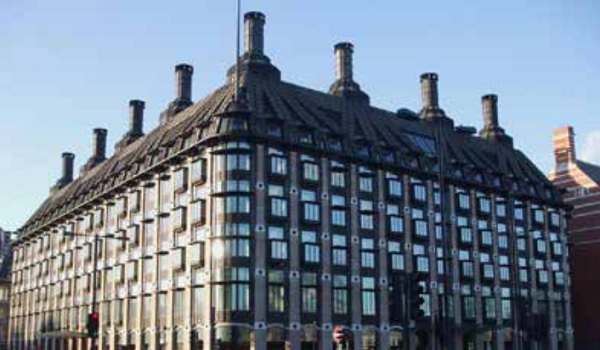
Figure 1. East Gate Building Harare, Zimbabwe
The needs of mankind differed day by day with the developing conditions, and the artificial productions to provide them. They are used as a guide to the functional and visual design of these new materials and their mechanical operation.
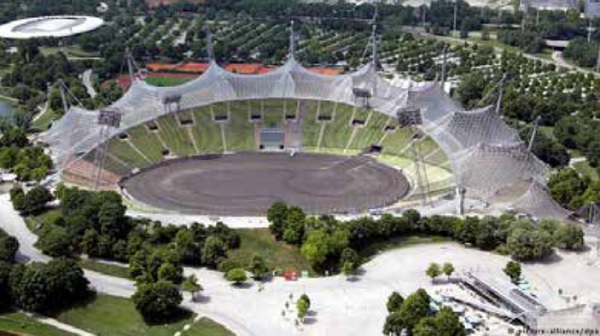
Figure 3. The Munich Olympic Stadium, Germany
Learning from nature is a continuing convention since the existence of mankind. Nature is a set of design patterns that can be used to create elegant, sustainable, and innovative designs for human technologies as a result of 3.8 billion years of evolution (Benyus, 1997).

Figure 4. Ultima Tower, United State of America
For past two decades, many new approaches have been taken to reduce the energy consumption and cost of the conventional construction process. Considering nature as a model, Measure and Mentor can help to design a better and sustainable future. A sustainable future can be achieved through wholly evaluating biological models (Minsolmaz Yeler, 2015).

Figure 5. Hydrological Centre for University of Namibia
Biomimicry is sustainable innovation inspired by Earth’s diverse lifeforms which embody high-performance and resource-efficient design solutions (Kennedy, 2016).
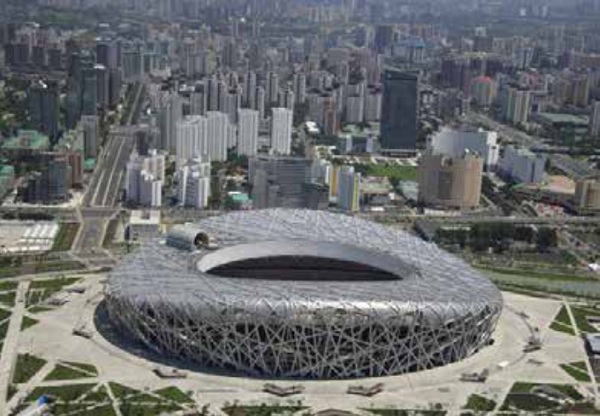
Figure 6. The Bird Nest Stadium, China
Biomimicry comes from the Greek (bios – life and mimesis – imitation) and has the capability to not only imitate the products of nature but also nature’s materials and processes (Pedersen Zari, 2007). Although biomimicry is considered to be a new approach for achieving sustainable design (Chayaamor-Heil and Hannachi-Belkadi, 2017), it is still in the developing phase and is not largely applied as a design method.
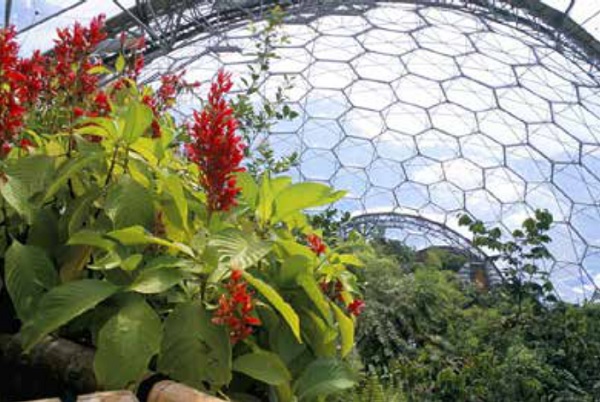
Figure 7. The Humid Tropics Biome, England
As there is a growing need for buildings that work with nature to create a regenerative built environment, architects can no longer ignore the relevance of bio-inspired theories and approaches to achieve a more sustainable future (Nkandu and Alibaba, 2018).

Figure 9. National Aquatics Center, China
Biomimicry offers a transformational approach to meet the needs of the construction industry through emulating natural form, function, process and systems (Santhosh and Nair, 2016). Instead of simply copying and imitating organisms, the architects can integrate certain concepts of nature into their structures such as economy, optimization, resilience, functionality and aesthetics (Minsolmaz Yeler, 2015).
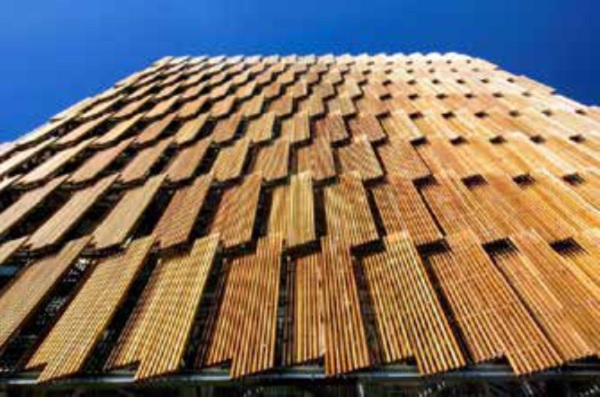
Figure 10. The Council House 2, Melbourne
Biomimicry inspires spatial design in different levels as biology does in the nature and these levels can be summarized under three categories: the organism, behavior and ecosystem. Within each of these levels, a further five possible dimensions to the mimicry exist.
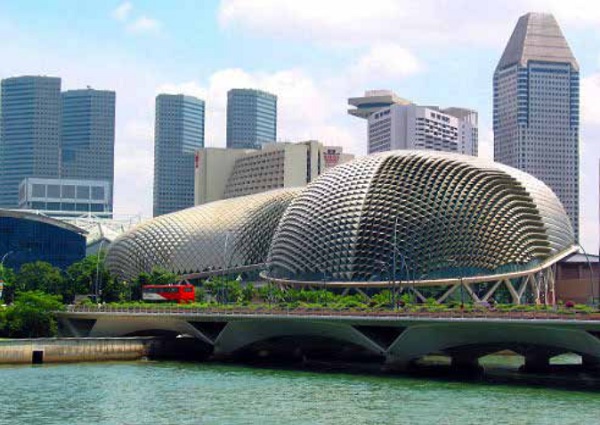
Figure 11. The Esplanade Theatre, Singapore
The design may be biomimetic for example in terms of what it looks like (form), what it is made out of (material), how it is made (construction), how it works (process) or what it is able to do (function).
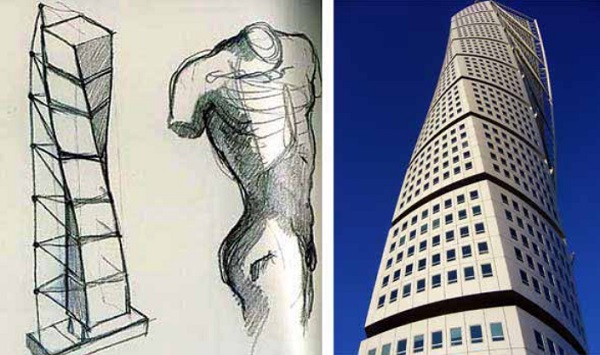
Figure 12. Turning Torso, Sweden
The usage of minimal materials and sustainability as in nature play an important role in the cities of the coming centuries with the struggle to achieve lighter constructions.
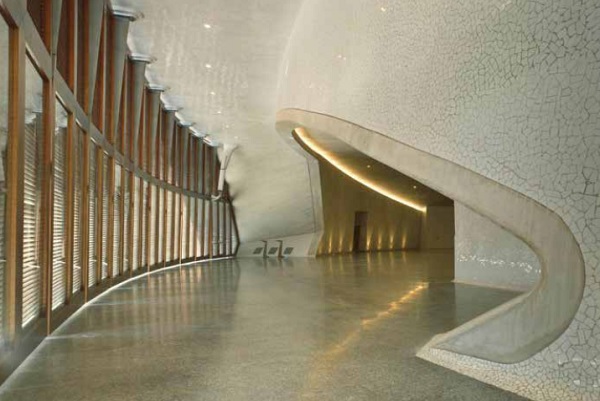
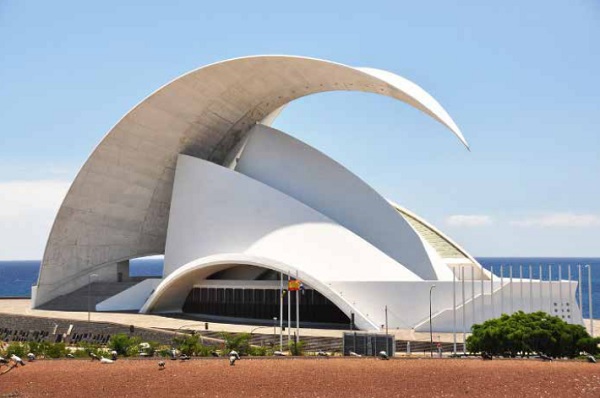
Figure 13. Tenerife Auditorium, Spain
This case also will affect the physical conditions of city and lifestyle of people. Finally, biomimicry, inspired by biological systems, is a candidate to produce new solutions in order to live in harmony with the world and create a sustainable environment in terms of spatial design.




























Comments